10 Best Tilia Platyphyllos Preparations
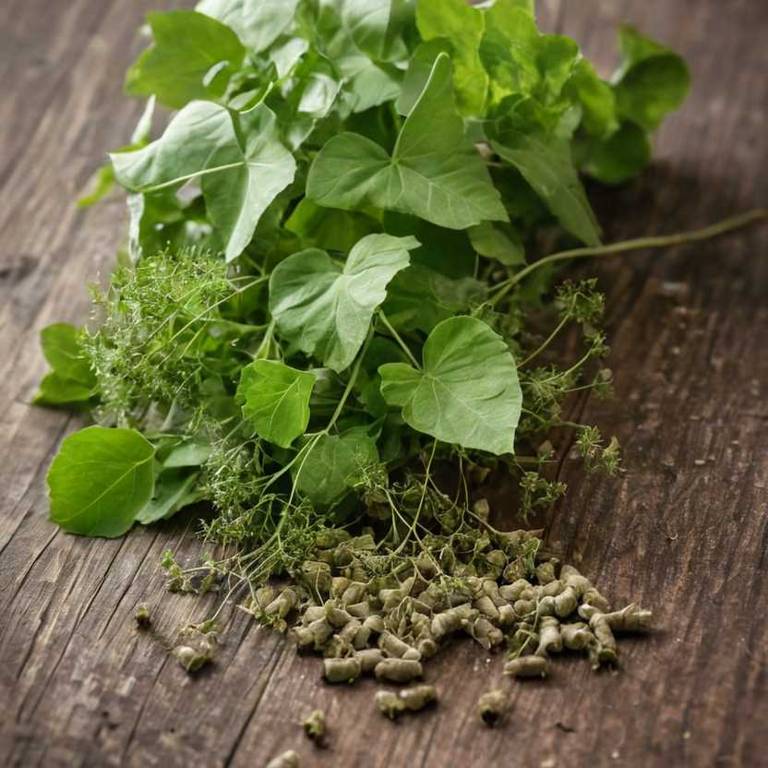
The best medicinal preparations of Tilia platyphyllos are teas, decoctions, tinctures, mucillages, and oils, each offering unique therapeutic benefits.
Teas made from the dried flowers are commonly used to soothe the nervous system and promote relaxation.
Decoctions of the bark and leaves are valued for their anti-inflammatory and diuretic properties.
Tinctures provide a concentrated form of the herb’s active compounds, often used for respiratory and digestive support.
Mucillages, derived from the plant’s pulp, are prized for their soothing effects on the throat and digestive tract, while oils infused with Tilia platyphyllos are used in topical applications for skin conditions and inflammation.
Below there's a list of the 10 best herbal preparations of tilia platyphyllos for medicinal purposes.
- 1. Teas
- 2. Decoctions
- 3. Tinctures
- 4. Mucillages
- 5. Oils
- 6. Creams
- 7. Syrups
- 8. Capsules
- 9. Lozenges
- 10. Oinments
1. Teas
Tilia platyphyllos teas is commonly used to soothe respiratory conditions, reduce stress, and promote relaxation.
This herbal preparation is often employed to treat ailments such as coughs, bronchitis, and anxiety due to its calming and expectorant properties. The most common medicinal uses include alleviating symptoms of respiratory infections and supporting mental well-being. The bioactive constituents responsible for these effects include flavonoids, tannins, mucilage, and essential oils, which contribute to its anti-inflammatory, antispasmodic, and soothing actions.
These compounds work synergistically to provide therapeutic benefits in traditional and complementary medicine.
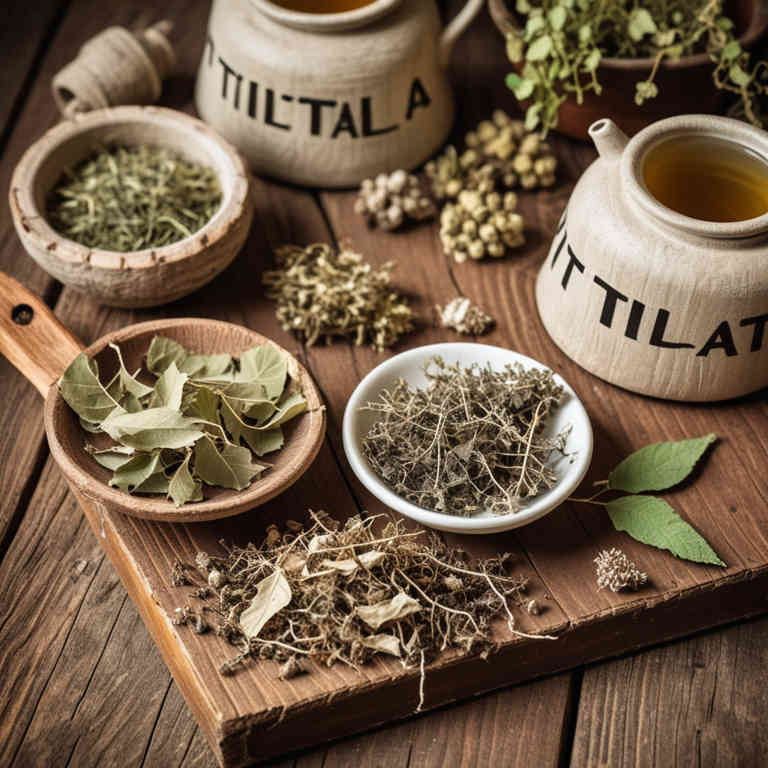
2. Decoctions
Tilia platyphyllos decoctions is commonly used to treat respiratory and digestive disorders, as well as to promote relaxation and reduce stress.
These decoctions are often employed for ailments such as coughs, bronchitis, indigestion, and anxiety. The bioactive constituents responsible for its medicinal properties include flavonoids, tannins, mucilage, and essential oils, which contribute to its anti-inflammatory, soothing, and mild sedative effects. Additionally, the decoctions may support cardiovascular health due to their ability to lower blood pressure.
This herbal preparation has been traditionally valued for its calming and healing properties in various folk medicine systems.
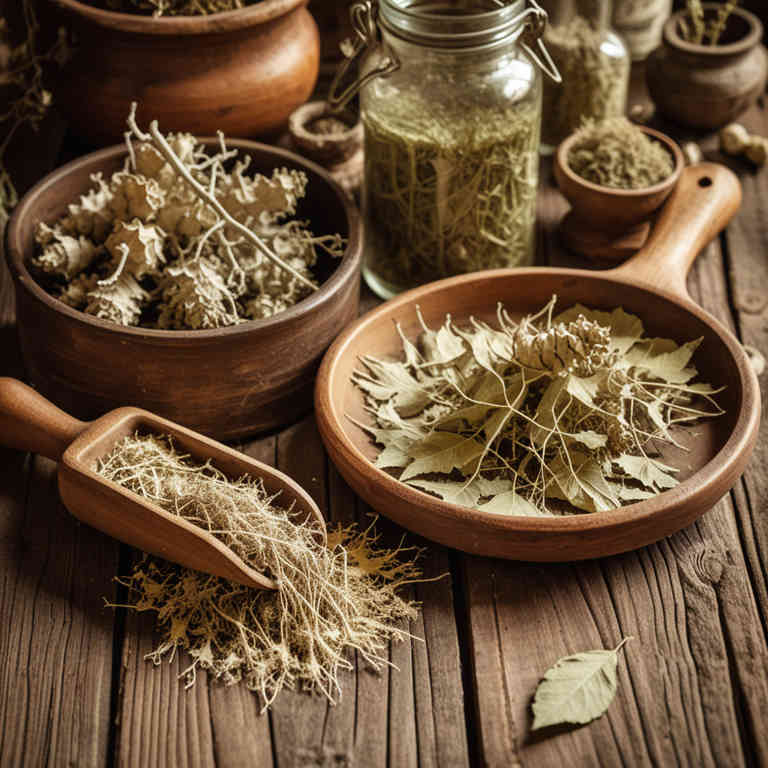
3. Tinctures
Tilia platyphyllos tinctures is commonly used to alleviate symptoms of anxiety, insomnia, and digestive issues.
These preparations are often employed to treat ailments such as nervousness, stress-related disorders, and gastrointestinal discomfort. The bioactive constituents responsible for its medicinal properties include flavonoids, tannins, mucilage, and volatile oils. These compounds contribute to its calming, anti-inflammatory, and soothing effects.
Tilia platyphyllos tinctures are also believed to support respiratory health by reducing inflammation in the airways.
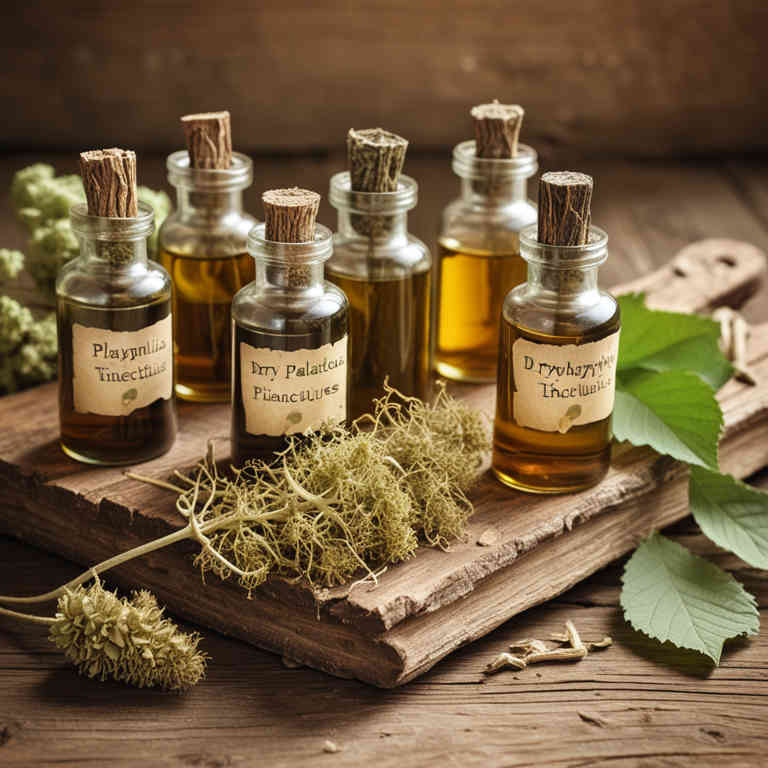
4. Mucillages
Tilia platyphyllos mucillages is commonly used to treat respiratory and digestive disorders due to its soothing and anti-inflammatory properties.
It is frequently employed for conditions such as coughs, bronchitis, and gastritis, where its ability to coat and protect mucous membranes is beneficial. The mucillages also help in alleviating sore throats and reducing irritation in the gastrointestinal tract. The primary bioactive constituents include polysaccharides, mucilage, and tannins, which contribute to its demulcent, anti-inflammatory, and mild astringent effects.
These compounds work synergistically to provide relief from inflammation and irritation in various bodily systems.
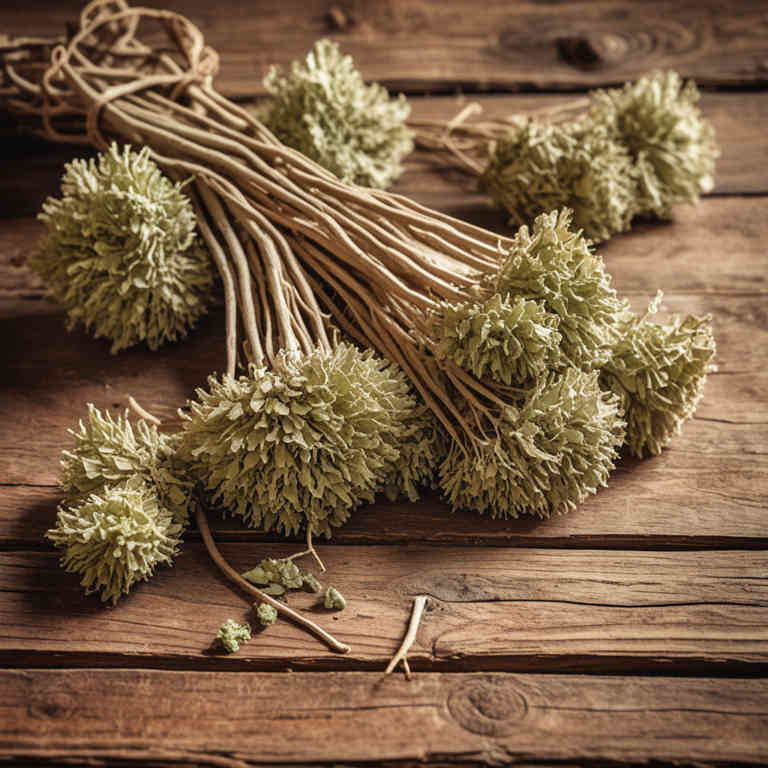
5. Oils
Tilia platyphyllos oils is commonly used to treat respiratory and inflammatory conditions, such as coughs, bronchitis, and skin irritations.
The oil is valued for its anti-inflammatory, antimicrobial, and soothing properties, making it a popular remedy in traditional medicine. It is often applied topically to reduce swelling and redness or used in inhalation therapy to ease breathing. The bioactive constituents responsible for these effects include flavonoids, tannins, and essential oils rich in compounds like cineole and limonene.
These compounds work synergistically to provide the oil's therapeutic benefits for a range of ailments.

6. Creams
Tilia platyphyllos creams is commonly used to treat skin conditions and inflammatory disorders due to its soothing and anti-inflammatory properties.
These creams are frequently applied for ailments such as eczema, psoriasis, and minor skin irritations. The bioactive constituents responsible for these effects include flavonoids, tannins, and mucilage, which have antioxidant, antimicrobial, and anti-inflammatory actions. Additionally, the plant's compounds may help reduce redness and promote skin healing.
This herbal preparation is valued for its natural and gentle approach to skin care and treatment.

7. Syrups
Tilia platyphyllos syrups is commonly used to alleviate symptoms of respiratory conditions, such as coughs, bronchitis, and sore throats, due to its soothing and anti-inflammatory properties.
The syrup is also utilized to treat digestive issues like indigestion and gastritis, as it can help reduce inflammation in the gastrointestinal tract. Additionally, it is sometimes used to ease stress and anxiety, owing to its calming effects. The most common medicinal uses include treating respiratory infections, digestive discomfort, and nervous system disorders.
The bioactive constituents responsible for these effects include tannins, flavonoids, mucilage, and volatile oils, which contribute to its anti-inflammatory, antispasmodic, and soothing properties.
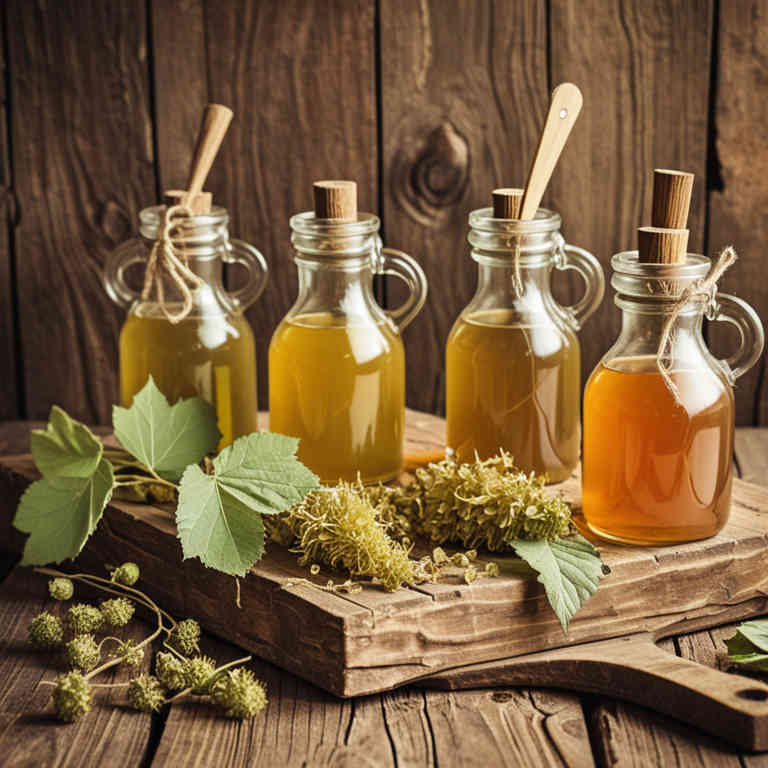
8. Capsules
Tilia platyphyllos capsules is commonly used to support respiratory health, alleviate symptoms of anxiety, and promote relaxation.
This herbal preparation is often employed to treat ailments such as coughs, bronchitis, and stress-related disorders. The most common medicinal uses include soothing sore throats, reducing inflammation, and improving sleep quality. The bioactive constituents responsible for its medicinal properties include flavonoids, tannins, and mucilage, which have anti-inflammatory, antioxidant, and soothing effects.
These compounds contribute to its ability to calm the respiratory tract and ease nervous system tension.

9. Lozenges
Tilia platyphyllos lozenges is commonly used to relieve symptoms of respiratory tract infections, such as sore throat, cough, and inflammation.
These lozenges are often prescribed for their soothing and anti-inflammatory effects, making them a popular choice for treating conditions like laryngitis, pharyngitis, and bronchitis. The bioactive constituents responsible for these medicinal properties include flavonoids, tannins, mucilage, and essential oils, which contribute to their demulcent, antimicrobial, and anti-inflammatory actions. Additionally, the plant's compounds may help reduce mucus production and ease irritation in the throat.
Due to their mild and generally safe profile, Tilia platyphyllos lozenges are widely used in both traditional and modern herbal medicine.

10. Oinments
Tilia platyphyllos oinments is commonly used to treat inflammatory conditions, skin irritations, and minor wounds due to its soothing and anti-inflammatory properties.
The most common medicinal uses include alleviating symptoms of eczema, psoriasis, and dermatitis, as well as reducing pain and swelling associated with bruises and contusions. The bioactive constituents responsible for these effects include flavonoids, tannins, and mucilage, which have antioxidant, antimicrobial, and emollient properties. These compounds help to reduce inflammation, protect skin integrity, and promote healing.
Overall, Tilia platyphyllos oinments is valued for its natural therapeutic benefits in traditional and complementary medicine.
